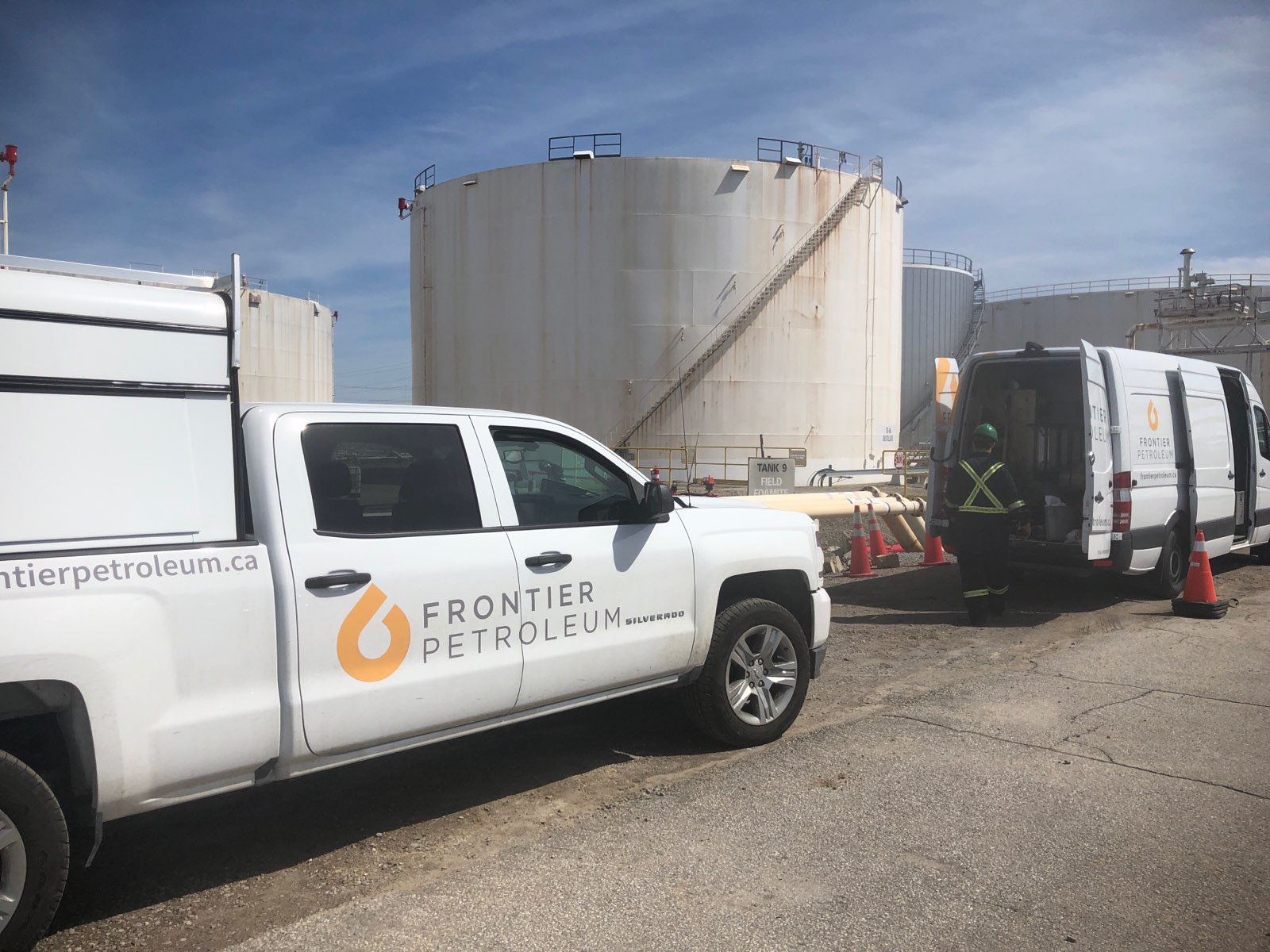
Petroleum is a highly valuable yet hazardous resource that requires meticulous handling and transportation. Whether you’re dealing with fuel storage tanks at a terminal or moving petroleum to its next destination, safety and efficiency should always be top priorities. Mishandling can lead to spills, fires, environmental damage, and serious health risks. The handling and management of petroleum storage tanks, integrated with adopting the best practices are what distinguishes top service providers in the industry.
What steps do professionals take to ensure safe petroleum transportation along with storage? The following operational procedures represent the best practices operators need to implement.
-
Conduct Regular Inspections and Maintenance
A complete inspection of petroleum containers including storage tanks, pipelines and transport vessels must occur before any transportation process begins. Small leaks together with corrosion problems can develop into severe safety threats.
- Tank integrity and structural soundness.
- Pipeline connections and valves for leaks.
- The establishment of proper bonding systems together with proper grounding methods protects against static electricity buildup.
- Functionality of emergency shutoff systems.
Preventative maintenance investments help equipment last longer and minimize the chances of equipment failure occurring unexpectedly.
-
Implement Strict Safety Protocols for Transfers
Transportation of petroleum between storage tanks and vehicles demands exact procedures and controlled operations. A strict loading and unloading procedure serve as the primary method to prevent hazardous exposures and spills.
- Secondary containment systems that include dikes or spill barriers must be established to catch accidental leaks.
- Tank damage together with leaks becomes more likely when pressure exceeds recommended levels. Pressure-relief devices need to be used to maintain safe pressure levels.
- Every system for grounding and bonding must remain operational to stop static charges from building up since these charges might cause flammable vapours to ignite.
- The process of overfilling creates additional risk for spills to occur.
The tank operation should include automatic shutoff systems and operators must maintain clear communication while loading and unloading.
-
Train Employees in Emergency Response and Confined Space Safety
The operations at petroleum terminals and storage facilities include working in restricted spaces including tanks and underground storage locations. Workers face dangerous risks from poor air quality combined with toxic fumes and restricted mobility.
- The organization must establish rescue plans for extracting workers from restricted spaces during emergencies.
- Workers must follow procedures to handle hazardous materials because it reduces exposure risks to fuel substances.
- The organization needs to have fast incident response through emergency spill containment systems and fire response protocols.
-
Follow Environmental Compliance Regulations
The release of petroleum into the environment leads to severe damage to both natural ecosystems and groundwater systems. The maintenance along with continuous monitoring of petroleum storage tanks serves as a fundamental requirement to stop leaks and spills while maintaining safe containment and protecting environmental areas from pollution.
- All used filters along with absorbents and contaminated materials need proper disposal that adheres to environmental regulations.
- The organization should create an SPCC (Spill Prevention Control and Countermeasure) plan to manage potential leakage situations effectively.
- Organizations should use eco-friendly degreasers together with waste petroleum product recycling systems.
-
Use the Right Equipment for Transporting Petroleum
Safe and efficient transportation of petroleum needs specialized vehicles together with proper equipment for its execution.
- Tanker truck inspections must cover leak detection, mechanical stability testing and safety rule compliance checks.
- The proper monitoring of pressure alongside temperature remains essential for transportation because heated fuels tend to expand.
- The movement of hoses and valves needs secure fastening to stop leaks from occurring.
The right equipment makes a huge difference in preventing accidents involving petroleum storage tanks and ensuring smooth operations.
Conclusion
Handling and transporting petroleum require careful planning, adherence to safety regulations, and proper training. The maintenance of petroleum storage tanks needs to be performed correctly to stop contamination and structural breakdowns which enable safe operations with high efficiency. Frontier Petroleum provides specific solutions for long-term reliability through its expertise in critical areas. Companies can minimize dangers and defend their workforce while maintaining petroleum delivery safety through best practice implementation.